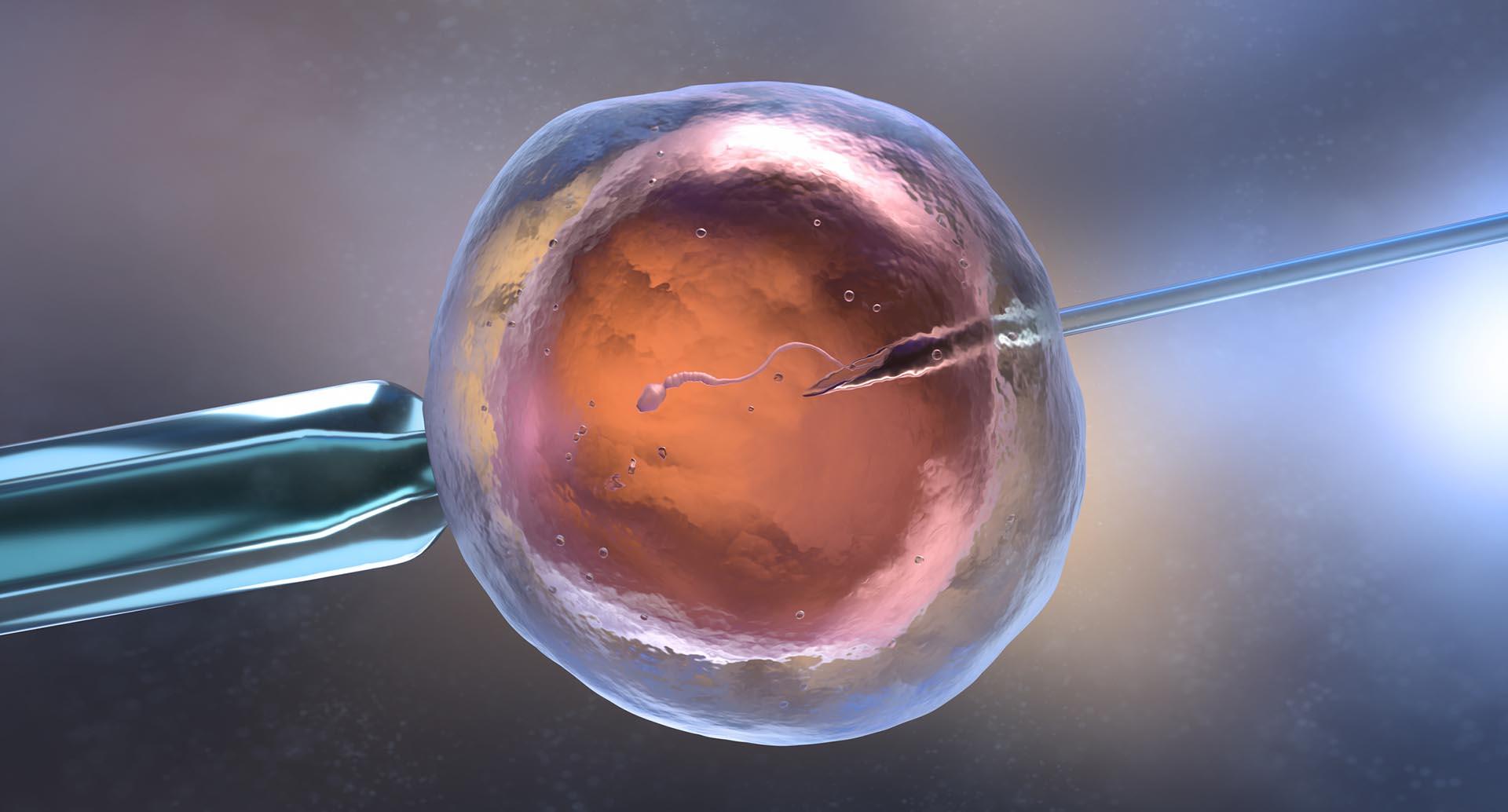REASONS WHY INFERTILITY CASES ARE INCREASING NOWADAYS

Over the last several decades, the international pattern of especially rapid increase in unfavourable infertility has been observed. Around 17.5% of the adults, or 1 in every 6, according to the World Health Organization, are infertile at a certain point in their lives. There are some major reasons that are increasing the same:
1. Environmental toxins & Lifestyle
The way we currently live completely changed our landscape of reproductive health:
· Obesity & Metabolic Disorders: Body mass index (BMI) is above normal and leads to the mismatch of hormones, which disturbs ovulation and endometrial condition in females and low testosterone and low-quality sperm in males.
· Diet & Insulin Resistance: Switching to ultra processed diet has been linked to infertility.
· Pollution and chemicals: both sperm counts and egg potential and implantation go down due to air pollution (PM2.5, NO 2, ozone), endocrine disruptors (BPA, phthalates) and household chemicals.
· Smoking & Alcohol: A frequent use of tobacco, alcohol and experimental drugs further adds on to the fertility potential.
2. Environmental Pollution
· Air Quality: Research shows that high levels of pollutants: soot and organic carbon, harm eggs, sperm, and embryo when placed in culture in clinics, in addition to IVF laboratories.
· Noise Pollution: Denmark studies indicated that exposure to noise and air pollution is the major factor that contributed to an increased infertility risk (14-24%), especially in older individuals (above 35).
3. Infectious Diseases of Parasites
· STIs: These untreated infections include chlamydia and gonorrhea that may lead to tubal blockages or scarring, which is one of the leading causes of female infertility.
· Toxoplasmosis: Recent studies also point to the possibility of a new and under recognized cause of male infertility through the destruction of sperm heads by the parasite, Toxoplasma gondii in vitro.
4. Biological Factors and Genetic Factors
· Age: Older people in delayed parenthood have reduced ovarian reserves and low-quality sperms.
· Uterine Factors: Molecules within the uterus lining influence the implantation of the embryo and this is observed in 20-30 percent of infertile women with unexplained cause.
Genetic Variants: More than 65 genes have been reported to play a role in fertility problem, such as ovarian failure and dystopia spermatozoa.
· Endocrine Disruptors: Chemicals such as BPA potentially activate or aggravate PCOS and other reproductive conditions when exposed to.
5. Wider societal Demographic shocks
· Late Parenthood: Family planning happens later in life due to pressures of career and economic struggles resulting in the shortening fertility periods.
Stress and Economy and financial stress have been shown to lead to infertility, even in men.
· Poor Access to Healthcare Services: Fertility Service Access Geography enhances the time to determine fertility diagnosis and treatment due to inequities in the geographic distribution of fertility services in particular low-population fertility deserts.
What Experts & Research Demonstrates
National Health Statistics of the U.S covering 2015 to 2019 show that infertility in married women ranged between 6.7-8.7 percent showing a rise in the current trend; infertility in men reached approximately 11.4 percent among the 15-49 years.
· The area of clinical trial research in women infertility has exploded in 2024, showing an increase in disease incidence and funding.
A major female reproductive health challenge- PCOS- is significantly associated with obesity and endocrine disruptors.
Fertility experts are fearful that infertility may keep on increasing in case the present environmental and lifestyle patterns do not change.
International Institute for Training and Research in reproductive Health (IIRRH)
IIRRH is one of the best institutes in Bengaluru started and led by Padma Shri Dr Kamini Rao who trains those in reproductive medicine as doctors and embryologists. The comprehensive diagnostics, embryology, and andrology programs integrated with the research introduction make up its fellowship in IVF and Reproductive Medicine in India. IIRRH is committed to working in the interests of patients with the focus on ethical conduct and patient-centred care and training professionals to make the future of fertility care and research.
Medline Academics
One of the recent projects realized by the vision of Dr Kamini Rao, Medline academics is an e learning portal that provides quality education in fellowship in reproductive medicine. In addition to veterans in the field and interactive modules, it provides fellowships, hands-on simulation, webinars, and international connection. This enhances access to advanced fertility education by clinicians all over the globe.
Dr Kamin Rao Hospitals
The depth of experience that Dr Rao has had also been converted to an intensive healthcare facility network in Bengaluru. Dr Kamini Rao Hospitals specializes in complete fertility treatment - including women reproductive health since pre teen stage till menopausal age to men fertility, IVF, IUI and counselling. Communicating its message of individualistic treatment by employing advanced technology, the hospitals promise free consultation and subsidized IVF procedures by providing CSR. These centres combine clinical competence and caring, cost-effective care.
What This Implies to the Couples & the Future
· Consulting Early: By the fact that infertility is widespread nowadays, couples should consult after 6- 12 months of failure to conceive, especially when they are over 35 years.
· Mitigate risk factors: Resolving the problem of obesity, giving up smoking, improving the diet and reducing the influence of pollutants can significantly increase the fertility rates.
· IIRRH is emerging as top research and care trends in India.
· Policy & Awareness Initiatives: Reduction of air pollution, the regulation of endocrine disruptors, education on lifestyle, and a better availability of fertility services.
· Hope With Invention: Continuous tests of the makings of molecules, environmental effects, and the advancement of ART are creating the potential to find a breakthrough in the future
Conclusion
There is a very intricate combination of environmental, lifestyle, biological, and social factors behind the growing tide of infertility. Obesity and pollution, child-bearing delay and chemical exposure, are included in a list of factors, which influence fertility, either males or females.
In an attempt to overcome the challenge, institutions like IIRRH, Medline Academics, and Dr Kamini Rao Hospitals have come over as the leaders in India. These institutions provide the best education, clinical care, and research. They also inspire growth in finding the hope through the new generation of specialists, increase access, and new treatments.
With more awareness and more changing practices, one can be hopeful. However, reining in this trend requires collaborative efforts-action on an individual level such as changing personal lifestyle habits, policy efforts, and community health programs, and investments into high-tech training and provision. In unison, we are in a position to shift the course of infertility in the future generations.







